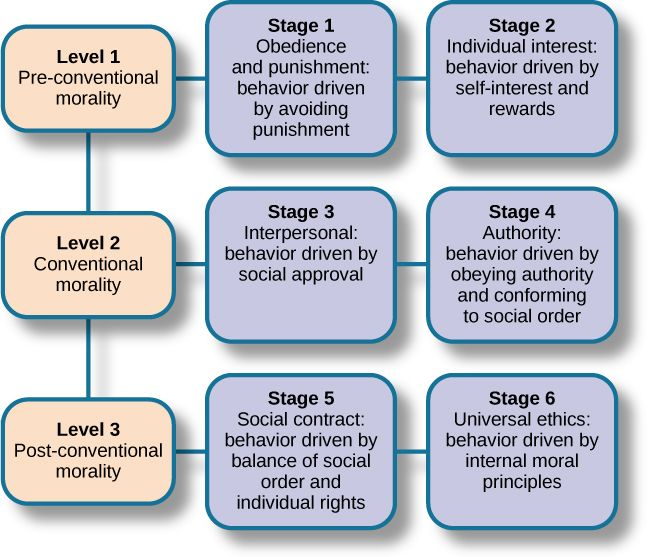What if Corona 19 is an intelligent virus?

How does an intelligent virus behave?

The COVID-19 virus is on a rampage in the world, killing thousands in the U.S. so far, shutting down whole countries’ economies, and possibly altering aspects of modern life for the future, after the virus has waned. What the complete impact will be is of course unknowable. In the meantime, though, questions arise about this and other, related sub-microscopic entities. Viruses seem so evil. What is their place in life? And like other aspects of nature, do they give evidence of intelligent design?
Certainly, in a context of global anxiety, this is a subject that needs to be approached with sensitivity and humility. It isn’t the purpose of this article to adequately address great philosophical questions. That can wait for another occasion. But before such questions can even be considered, it’s necessary to look at viruses dispassionately. Then it will be helpful to evaluate whether they are, on the whole, beneficial or harmful. Here are some scientific findings to help make those determinations.
Overview
There are viruses that look like lunar landers from the Apollo era. Others look like alien spaceships. They can locate and land on a cell membrane, puncture the lipid bilayer, and insert their genetic material through a tube with a twisting motion. Most fundamentally, viruses carry and transmit information. Or perhaps better put, they require pre-existing information-copying systems, such as those found in cells, in order to replicate. Their “capsules” contain the genetic material — information-carrying genetic molecules, needed to hijack a cell’s machinery in order to make copies of themselves.
Viruses are, to all appearances, very clever little machines. In some viruses the genetic material is entirely DNA, in others it is RNA. These can then be broken down into single- or double-stranded DNA viruses, or single- or double-stranded RNA viruses. RNA viruses are more efficient than DNA viruses because they can skip the process of transcription and their RNA molecules can be directly translated into proteins. Single-stranded RNA viruses can be further broken down into two types: “positive-sense” RNA which can be directly translated into protein, and “negative-sense” RNA which carries genetic information on a complementary strand. The latter must first be converted to positive-sense RNA before it can be translated, however the former is most efficient because it can be immediately translated into protein.
The SARS-CoV-2 virus which is causing the current pandemic is the most “efficient” type: it is a positive-sense single-strained RNA virus. Compared to DNA viruses, RNA viruses are also generally harder to combat through modern medicine. This is because RNA replication error-checking machinery is less efficient than DNA replication error-checking machinery. That means RNA viruses are more prone to mutations, which makes it harder to develop a vaccine to target the virus.
After the viral genetic material enters a cell, it commandeers the translation machinery (and in the case of a DNA virus, the transcription machinery), forcing the cell to make copies of the virus. The cell then dies, splitting open to release hundreds of new virus particles ready to repeat the process on other cells. Growth would be exponential were the immune system not prepared to attack them. It’s easy to imagine viruses as enemy combatants in all-out war, and tempting to root for the immune system as a national defense program in a desperate attempt to stamp out the invaders. Such personifications can be misleading, however, and should be avoided. Even an enemy tank can show strong evidence of intelligent design. Details of their construction can help determine if viruses pass the design filter.
Construction
















